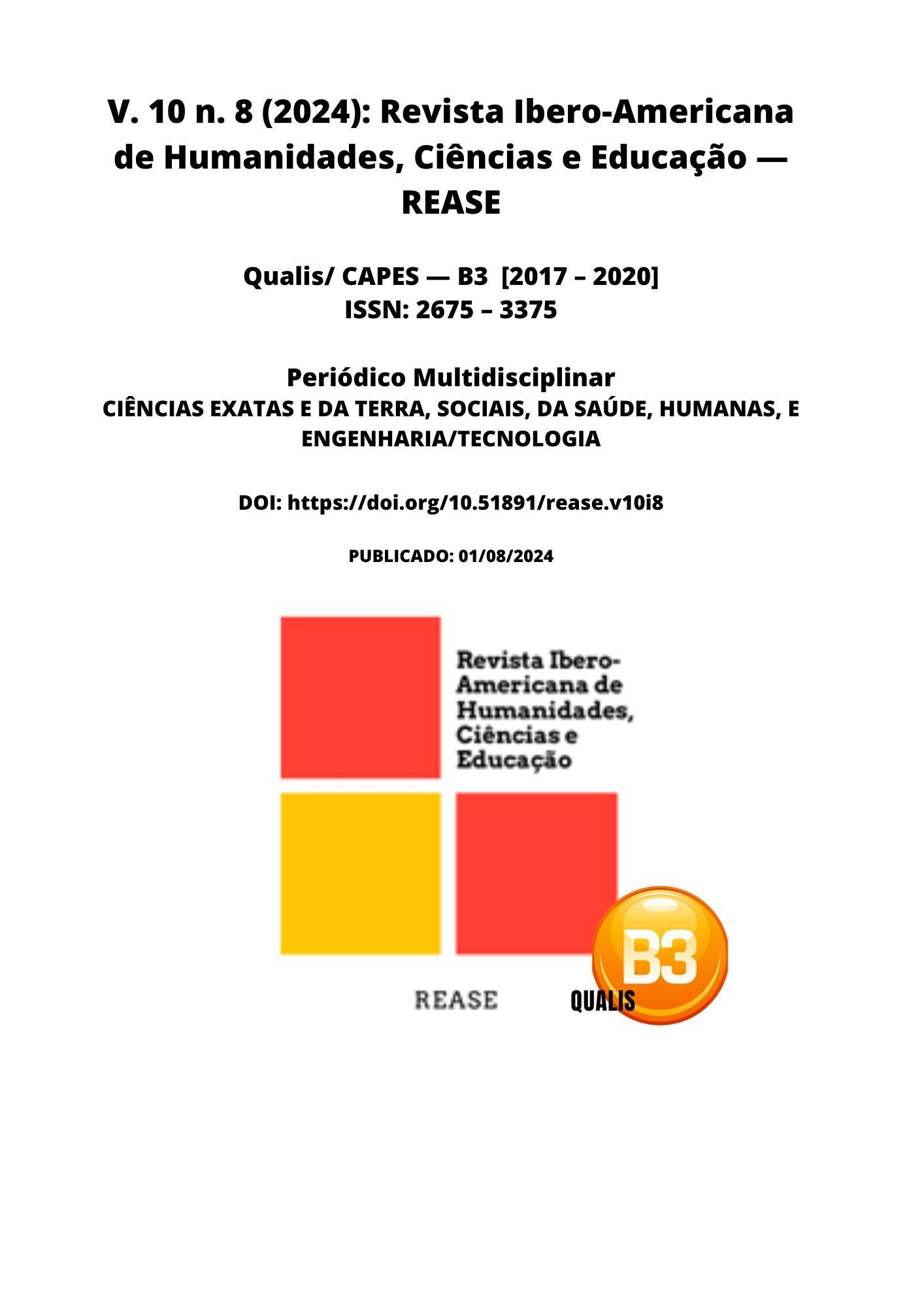SURGICAL STERILIZATIONS IN BRAZIL, BEFORE AND AFTER THE 14.443/2022 LAW
DOI:
https://doi.org/10.51891/rease.v10i8.15455Keywords:
Family Development Planning. Sterilization, Tubal. Vasectomy. Legislation.Abstract
Introduction: Family Development Planning allows the regulation of fertility and offspring of a couple through methods like surgical sterilization (tubal and vasectomy). In 2022 the 14.443/2022 Law was published, which lowered the minimum eligible age for both procedures from 25 years to 21 years of age, and revoked the need of mutual agreement by both spouses. Such legislative changes can directly impact the demand for such procedures, which makes the analysis of the incidence of surgical sterilizations throughout time valuable to the managers of public policies. Aim: To compare the incidence of surgical sterilizations made in Brazil and analyze the number of procedures made in the public and private sectors a year before and after the implementation of the 14.443 Law. Methods: Time series ecological study made with TabNet (DATASUS) data, from the period of January 2022 until December 2023, through the variables year, month, procedure made (vasectomy, tubal sterilization and tubal sterilization after cesarean section) and incidence. Data was analyzed by the Shapiro-Wilk test of normality, linear regression, Mann-Whitney U, and the Durbin-Watson test of autocorrelation, being tabulated afterwards. The platforms used were JASP and Jamovi. Results: The number of procedures changed from 192.522 before the law to 248.754 afterwards. Vasectomies increased from 62.320 to 63.682, tubal sterilizations from 66.978 to 94.287, and tubal sterilizations after cesarean sections from 63.224 to 90.785. The coefficient of determination (R2) suggested that 52,5% of the variation in the rates of vasectomies can be explained by the model with the effectiveness of the law, with 68,8% in the case of tubal sterilizations. Autocorrelation was displayed in both procedures. Conclusion: The implementation of Law 14.443/2022 was associated with a significant increase in the number of surgical sterilizations performed in Brazil, with a notable increase in tubal ligations and cesarean deliveries with tubal ligation. The most significant increase in procedures performed in the public sector reflects the direct impact of the legislation on the supply and demand for these services. Although regression models showed a strong correlation between the new law and the increase in sterilization rates, the presence of autocorrelation in the residuals suggests that additional factors may be influencing these trends. These findings highlight the importance of continuously monitoring and adjusting health policies to ensure that they meet the needs of the population effectively and equitably.
Downloads
Downloads
Published
How to Cite
Issue
Section
Categories
License
Atribuição CC BY

